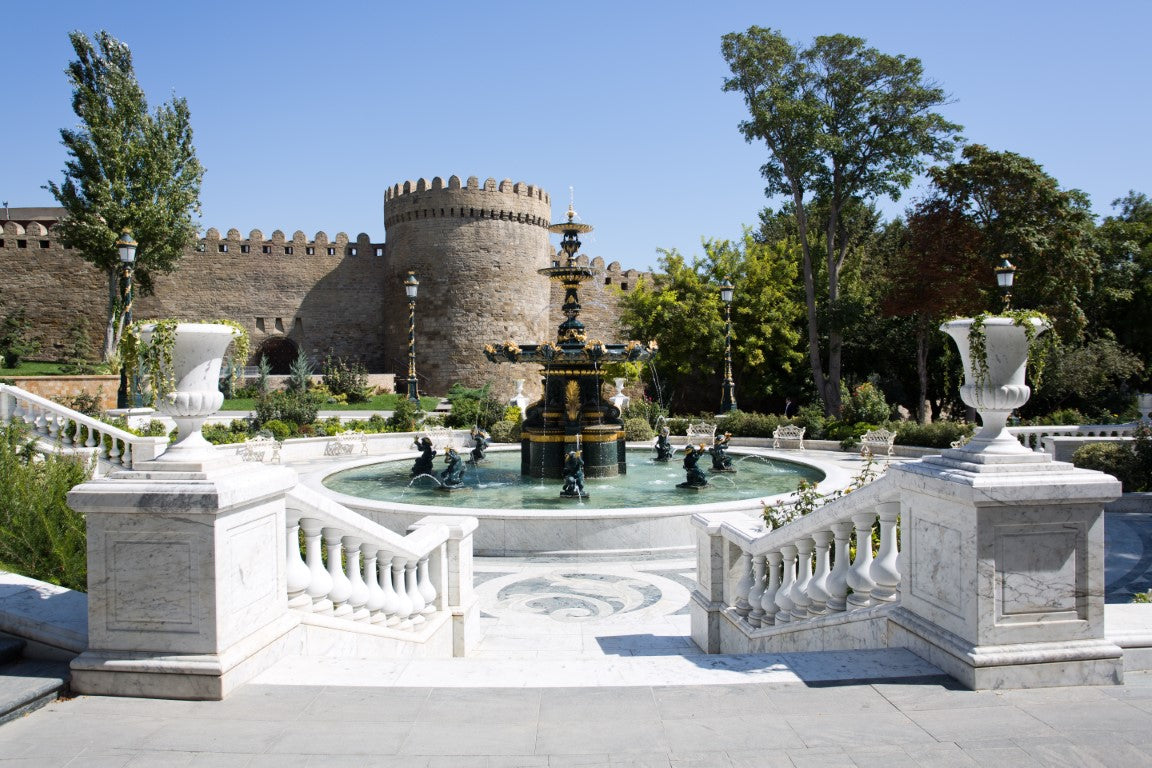CONTENTS
Less visited UNESCO heritage sites to see in 2024
World Heritage sites are landmarks or areas which the UNESCO declared as having cultural, historical, scientific or other significance to the collective interests of humanity. UNESCO World Heritage sites are well protected by international treaties. While a few of these sites are made popular world-wide, some barely share a bit of the limelight, but which does not mean the others are less significant, they are just yet to be discovered by many.
From ancient forests and architectures, below are some of the less popular UNESCO World Heritage sites you may want to visit in 2024.
Historic Villages of Shirakawa-go and Gokayama (Japan)

Situated along the remote Shogawa river valley across the border of Gifu and Toyama Prefectures in central Japan lies the historic mountain villages of Shirakawa-go and Gokayama. These villages are popular for the steep-roofed houses constructed in the architectural style known as Gassho-zukuri which means "constructed like hands in prayer." As these remote mountain villages receive a large snowfall, the steep roofs were designed to easily shed snow. These villages are a sight to behold during winter, especially in January and February where special illuminations are being made on selected Sundays and Mondays.
UNESCO declared the villages of Shirakawa-go and Gokayama world heritage sites in 1995 for being outstanding examples of traditional human settlements adapting to their environment and social and economic reasons and for being able to maintain its significance and structure despite the drastic economic changes in Japan since 1950.
Temperate Ancient Forest of Yakushima (Japan)

Photo credit: Pixabay / @veronica111886
Aside from a diverse variety of flora and fauna, the temperate ancient forest of Yakushima is home to the thousand-year old Japanese cedar trees. A remnant of a warm-temperate ancient forest unique in this region. There are three main trekking courses accessible to both beginner and advance trekkers.
(1) The Yakusugi Land is popular for beginners as a vast Japanese cedar forest can already be seen as soon as one get off the bus. Along the course is a huge river and a bridge which provides a majestic way to view the magnificence of the vast forest and gorge blending together.
(2) The Shiratani Unsui-kyo Gorge course has an altitude range of 600 to 900 meters from the entrance to the forest. This course was said to be the inspiration for the forest in the epic 1997 animated movie Princess Mononoke by Hayao Miyazaki. This course takes about five hours to complete.
(3) The Jomon-sugi course requires an advance trekking experience as the single way trek takes more than 10 kilometres from the entrance and a round trip takes up to 10 hours. The course will take you to the very symbol of Yakushima Island, a Jomon-sugi or the Jomon cedar tree which is estimated to be more than 2,000 years old. More than half of this course involves trekking along a tram road which was used to carry wood until about 50 years ago. The course will also take you to the popular Wilson's Stump, a huge Japanese cedar tree which fell over 400 years ago.
Yakushima forest's unique temperate ancient forest was declared a UNESCO World Heritage Site in 1993.
Walled City of Baku (Azerbaijan)

Walled City of Baku was built on the site inhabited since the Palaeolithic period, and thus provides evidence of Zoroastrian, Sasanian, Arabic, Persian, Shirvani, Ottoman, and Russian presence in cultural continuity. What make the site more interesting are the presence of several buildings which were built over older structures dating from 7th to 6th centuries BC such as the 12th-century Maiden Tower (Giz Galasy), thus providing a glimpse of mixed architectures from several different eras.
The Walled City of Baku was declared UNESCO World Heritage Site in 2000 for being a rare example of a historic urban ensemble and architecture with influence from Zoroastrian, Sassanian, Arabic, Persian, Shirvani, Ottoman, and Russian cultures. Baku is the capital and largest city of Azerbaijan.
The Rock Paintings of Tsodilo (Botswana)

Dubbed as the Louvre of the Desert for having the highest concentrations of rock art in the world, Tsodilo Hills has over 4,500 paintings which provide a glimpse of ancient life dating from 100,000 years ago.
Tsodilo was declared UNESCO World Heritage Site in 2001 for hosting successive human settlements for thousands of years whose traces rich cultural presence had been preserved among the rock formations. It is situated in the heart of the Kalahari Desert.
Interestingly, Tsodillo Hills is composed of four hills - Male/Man, Female/Woman, Child, and an unknown hill. The Male Hill is the tallest while the Female Hill has the thickest vegetation. The smallest is the Child Hill, naturally. Not far from the others is the fourth hill, it remains unnamed. According to legends, this unnamed hill is the first wife of the Male Hill and was left for a much younger wife, the Female Hill.
The Amphitheatre of El Jem (Tunisia)

The Amphitheatre of El Jem (El Djem) is the largest Colosseum in North Africa. It is a three-level monument built entirely of stone blocks on flat ground without foundations and was said to be capable of holding 35,000 spectators at any given time. This free-standing monument was declared UNESCO World Heritage Site in 1979 for the uniqueness of its features and for being a rare monument of its kind in Africa.
Tsingy de Bemaraha Strict Nature Reserve (Madagascar)

Located in Madagascar's Melaky region, the Tsingy de Bemaraha Strict Nature Reserve is home of rare and endangered lemurs and other wild animal species. But more than those, the incredibly sharp, needle-shaped limestone formations known as tsingy, is a sight to behold albeit moderate to extremely difficult terrains to trek.
Because of its natural karstic landscapes, limestone uplands, and a large community of rare and threatened animal species, Tsingy de Bemaraha Strict Nature Reserve was declared a UNESCO World Heritage site in 1990.
About the Author
Noel Cabacungan was born and raised in the Philippines but is currently working in Saudi Arabia. He suspects the universe often conspires to put him in the unfriendliest of places and believes assimilation is the only way to survive. This belief made him capable of seeing the beauty beyond the most dreary locations. His favourite form of entertainment involves observing people do crazy things in the most mundane situations. Read more about his exploits on his blog, Ten Thousand Strangers, or follow his stormtrooper alter-ego on Instagram @troopertravelsph














Leave a comment